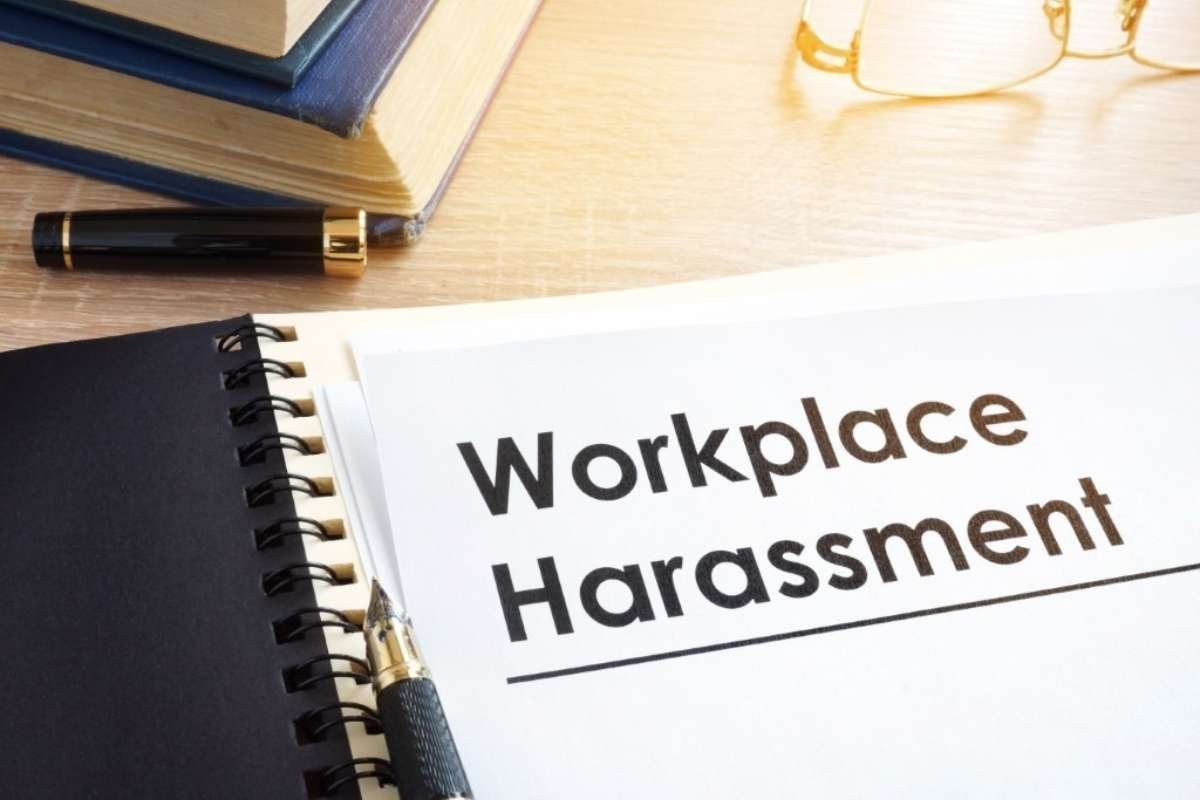You diligently practice safe driving habits every time you get behind the wheel. You watch the road and try to anticipate other drivers’ next moves. You’re familiar with the common causes of multi-vehicle car wrecks, but what about if your vehicle is the only one involved?
Can you recover any compensation for your losses? What about filing an injury claim? These are questions a Florida single-vehicle accident lawyer can answer.
Common Factors Leading Up to Single-Vehicle Accidents
Florida is well-known for its breathtaking scenery. From sandy beaches and blue ocean water to the deep green of the Everglades, there’s almost always a reason to glance out of the window. Taking your eyes off the road is a form of distracted driving, even if it’s only for a second.
A lot can happen in a brief second, including hitting an object with your vehicle. Distracted driving can not only cause property damage. According to statistics from Florida Highway Safety and Motor Vehicles, there were 333 fatalities in distracted driving accidents in 2022.
While distracted driving is a common factor leading up to single-vehicle wrecks, it’s not the only one. Some of the other common causes are:
- Reckless or aggressive driving
- Inexperienced drivers
- Speeding
- Fatigue or drowsy driving
- Driving under the influence of drugs and/or alcohol
- Vehicle defects or defective parts
- Poor vehicle maintenance
Road quality can also lead to a single-car collision. Potholes can cause a driver to lose control of their vehicle. Objects on the road can also result in a single-vehicle accident.
Florida’s Minimum Auto Insurance Requirements
If you have a vehicle registered in Florida and are planning on taking it out for a spin, you must meet the state’s minimum insurance requirements. There really aren’t any exceptions to this rule. You also don’t want to ignore it.

Driving without insurance in Florida isn’t a joke. You can be facing anything from hefty fines to possible license suspension. Your vehicle may even be impounded and it’s not going to be cheap to get out. So, it’s always best to at least meet the state’s minimum requirements:
- Personal injury protection (PIP): Have at least $10,000 in coverage
- Property damage liability (PDL): Have at least $10,000 in coverage
You must also always carry proof of insurance in your vehicle. You should expect a traffic officer to request proof of insurance any time your vehicle’s pulled over. You also need to maintain coverage. In other words, you can’t keep the policy for a month or so before letting it lapse. This doesn’t count as having insurance.
What No-Fault Insurance Covers
We briefly noted that what no-fault insurance covers depends on your policy. If you’re sticking with the state’s minimum requirements, your property damage isn’t covered. Liability auto insurance only covers damage to the other driver’s vehicle when you’re at fault for causing the accident.
On the other hand, if you have full coverage, you should be able to claim your property damage. How much your insurance covers typically depends on your policy. Most insurance policies have caps and this is where the payments stop.
Moving on to your PIP policy. Once again, your policy dictates how much of your medical expenses are covered by PIP. All PIP policies have caps. Something else to know is that PIP only pays up to 80% of your medical costs. This applies even if you haven’t hit the policy’s cap.
PIP can also take care of any lost income if your injuries are keeping you from returning to work. Guess what? The same cap applies. PIP only covers up to 80% of your claimable lost income.
You May Not Be the Responsible Driver
In single-car wrecks, it’s often presumed the driver is automatically at fault. However, this isn’t always true. If the accident is caused by a defective vehicle part, you may have the grounds for a product liability claim. For example, the vehicle’s steering goes out due to a faulty component causing an accident. In this instance, you’re not the at-fault driver.
However, if you run off the road while glancing at your smartphone you’re responsible for the accident. Every single vehicle accident is different, so it’s always best to consult with an accident attorney before accepting blame.

Don’t forget Florida is a modified comparative fault state. Yes, this sounds a little confusing but the law can work in your favor. The law basically states that as long as you’re not more than 50% to blame for the accident, you can file a compensation claim.
Who you file the claim against will depend on the other responsible party. Your claim can include the vehicle manufacturer, an auto repair shop, or another driver, to name a few examples.
Types of Compensation You May Be Eligible to Receive
Depending on the specifics of your single-vehicle accident case, you may be eligible to file a claim for damages. Your PIP (personal injury protection) policy will cover some of your damages.
However, PIP has caps that often mean you’re still stuck with expenses. As long as you’re not 51% responsible for the single-car accident, you may be able to receive compensation for:
- Medical expenses
- Lost and future wages if your injuries prevent you from returning to work
- Property damage and/or replacement
You may also be entitled to non-economic damages. This can include pain, suffering, mental anguish, and loss of quality of life. Since non-economic damages are intangible, figuring out their value isn’t exactly easy. A Florida personal injury attorney can walk you through the different formulas.
You May Not Be At Fault in a Single-Car Accident

Just because your vehicle is the only one involved in an accident, doesn’t automatically make it your fault. You may not be responsible or only partially at fault for your single car crash. Before you decide to accept a settlement from an insurance provider, it’s a good idea to schedule a consultation with an experienced Florida single-vehicle accident lawyer.
From navigating the Sunshine State’s occasionally complex insurance laws to helping you recover compensation, your accident attorney can guide you through the legal process.


















